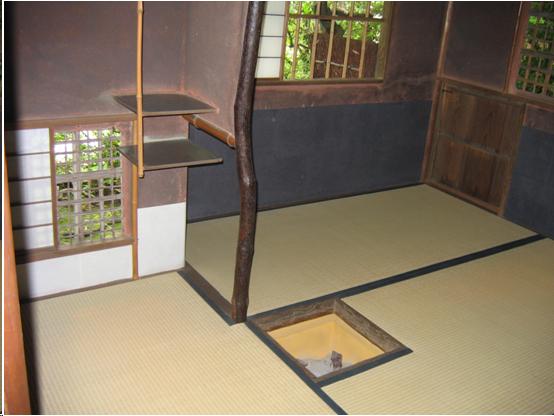Zen and Tea Learning
Table of Contents
Text and Images from Slide
It may be that the newly risen samurai class loved tea ritual more for the access it provided than its spiritual benefits.

Tea Room called Shoko-ken attributed to feudal lord Hosokawa Sansai located at Kotoin Temple
